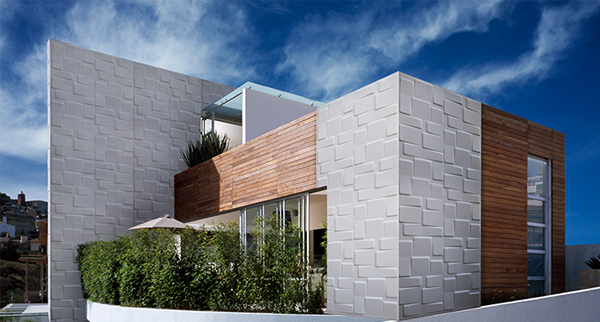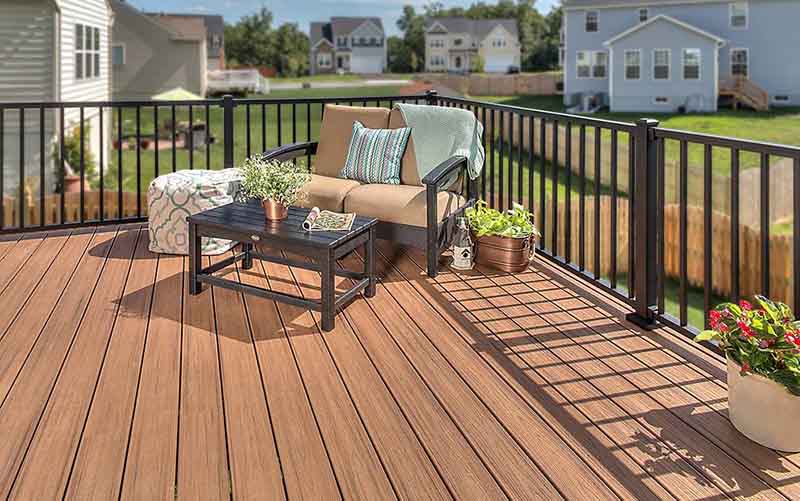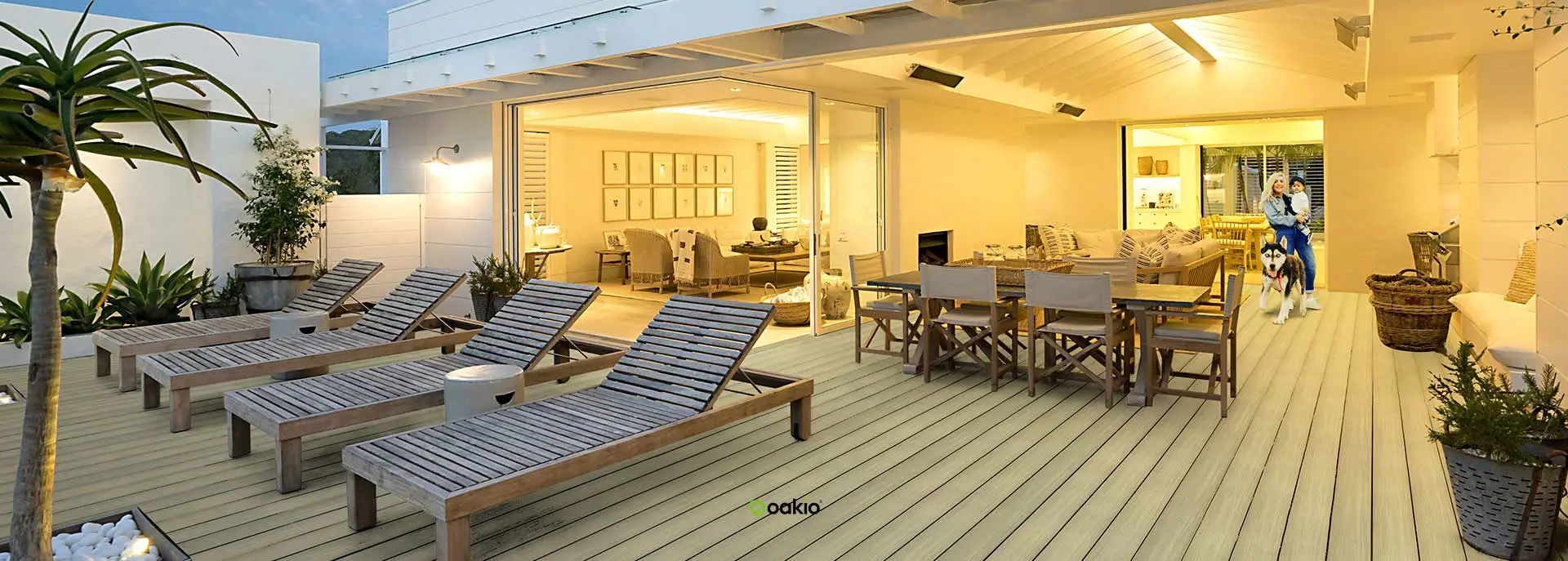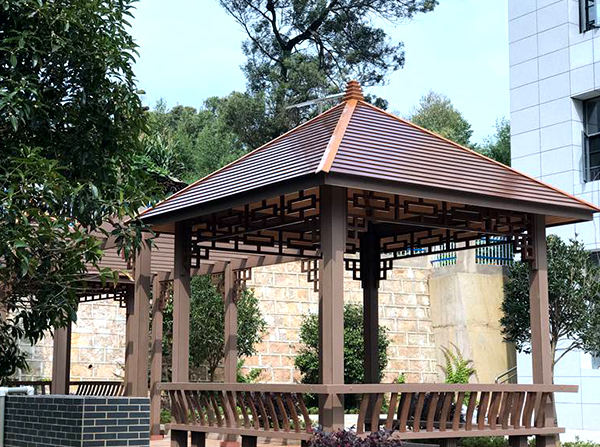Material WPC: WPC represents a significant innovation in the field of building materials, offering a blend of natural aesthetics and enhanced durability. Emerging prominently in the late 20th century, WPCs have become a crucial component in modern construction and landscape design. Their development reflects a broader shift towards more sustainable and high-performance building solutions.
Table of Contents
Origins and Development of Wood-Plastic Composites
The concept of combining wood and plastic is not entirely new, but its commercial viability and widespread application have only emerged in recent decades. The genesis of WPCs can be traced back to increasing demands for environmentally friendly materials. In the late 1980s and early 1990s, advancements in recycling technology allowed for the creation of materials that could effectively utilize recycled wood fibers and plastic polymers.

WPCs are produced by blending wood fibers with plastic polymers, creating a material that combines the visual and tactile qualities of wood with the durability and weather resistance of plastics. Initially, the use of WPCs was focused on outdoor applications. Durability and resistance to environmental factors were crucial, such as decking, fencing, and cladding.
Advantages of Wood-Plastic Composites
The advantages of WPCs over traditional materials are substantial. One of the primary benefits is their enhanced durability. Unlike natural wood, WPCs are resistant to weathering, rotting, and insect damage. This character makes them particularly suitable for outdoor environments.
Moreover, WPCs require minimal maintenance compared to traditional wood products. They do not need regular sealing, painting, or staining. Their resistance to moisture prevents issues such as swelling, cracking, and warping, which are common with natural wood. This not only reduces maintenance efforts but also extends the lifespan of the material.
Another critical advantage is their eco-friendliness. By incorporating recycled wood fibers and plastics, WPC contributes to reducing waste and minimizing the reliance on virgin timber. This kinds of aligns with the growing emphasis on sustainability in construction and helps address environmental concerns associated with traditional building materials.

Applications of Wood-Plastic Composites
WPCs have found diverse applications across various sectors due to their versatility and performance characteristics. In residential construction, they are commonly used for decking and railing systems, where their aesthetic appeal and durability are highly valued. WPC decking, for example, offers a wood-like appearance while providing enhanced resistance to moisture and UV radiation.
In commercial and public spaces, WPCs are used for cladding, facades, and fencing. Their ability to mimic the look of natural wood while offering superior durability makes them an attractive option for enhancing building exteriors. Additionally, WPCs are employed in landscaping and outdoor furniture, where their resilience to environmental conditions ensures long-term performance and minimal upkeep.
The use of WPCs is not limited to traditional building applications. They are also being explored in innovative areas such as modular and prefabricated construction. Their lightweight nature and ease of installation contribute to faster construction processes and reduced labor costs. This adaptability to different construction techniques highlights the material’s potential in modern architectural and design practices.

The Future of Wood-Plastic Composites
The future of WPCs appears promising, with ongoing advancements in material science and manufacturing technology. Researchers and manufacturers are continuously working to improve the properties of WPCs, enhancing their strength, flexibility, and aesthetic options. Future developments may include more refined formulations that offer better performance and a wider range of finishes that closely resemble natural wood.
Additionally, the sustainability aspect of WPCs is likely to be a focal point in future innovations. Efforts to further enhance the recyclability of WPCs and reduce their environmental footprint will continue to drive industry advancements. As awareness of environmental issues grows, the demand for more sustainable building materials will likely increase, further boosting the adoption of WPCs
HOSUNG’s Contribution to Wood-Plastic Composites
HOSUNG is a leading player in the field of Wood-Plastic Composites, playing a crucial role in advancing WPC technology and applications. With a commitment to innovation and sustainability, HOSUNG has been at the forefront of developing high-quality WPC products that meet the evolving needs of the construction industry.
HOSUNG’s expertise in material formulation and manufacturing processes ensures that their WPC offerings not only provide exceptional performance but also align with environmental sustainability goals. Their products are designed to offer superior durability, aesthetic appeal, and minimal maintenance, addressing key concerns in modern construction.
By focusing on cutting-edge technology and eco-friendly practices, HOSUNG contributes to the broader goal of sustainable development in building materials. Their efforts help shape the future of construction, making WPCs an increasingly viable and attractive choice for a range of applications.
In conclusion, the evolution of Wood-Plastic Composites marks a significant milestone in the development of building materials. Offering a blend of natural aesthetics and advanced performance, WPCs address both practical and environmental concerns. Companies like HOSUNG are leading the way in this field, driving innovation and supporting the shift towards more sustainable construction practices








